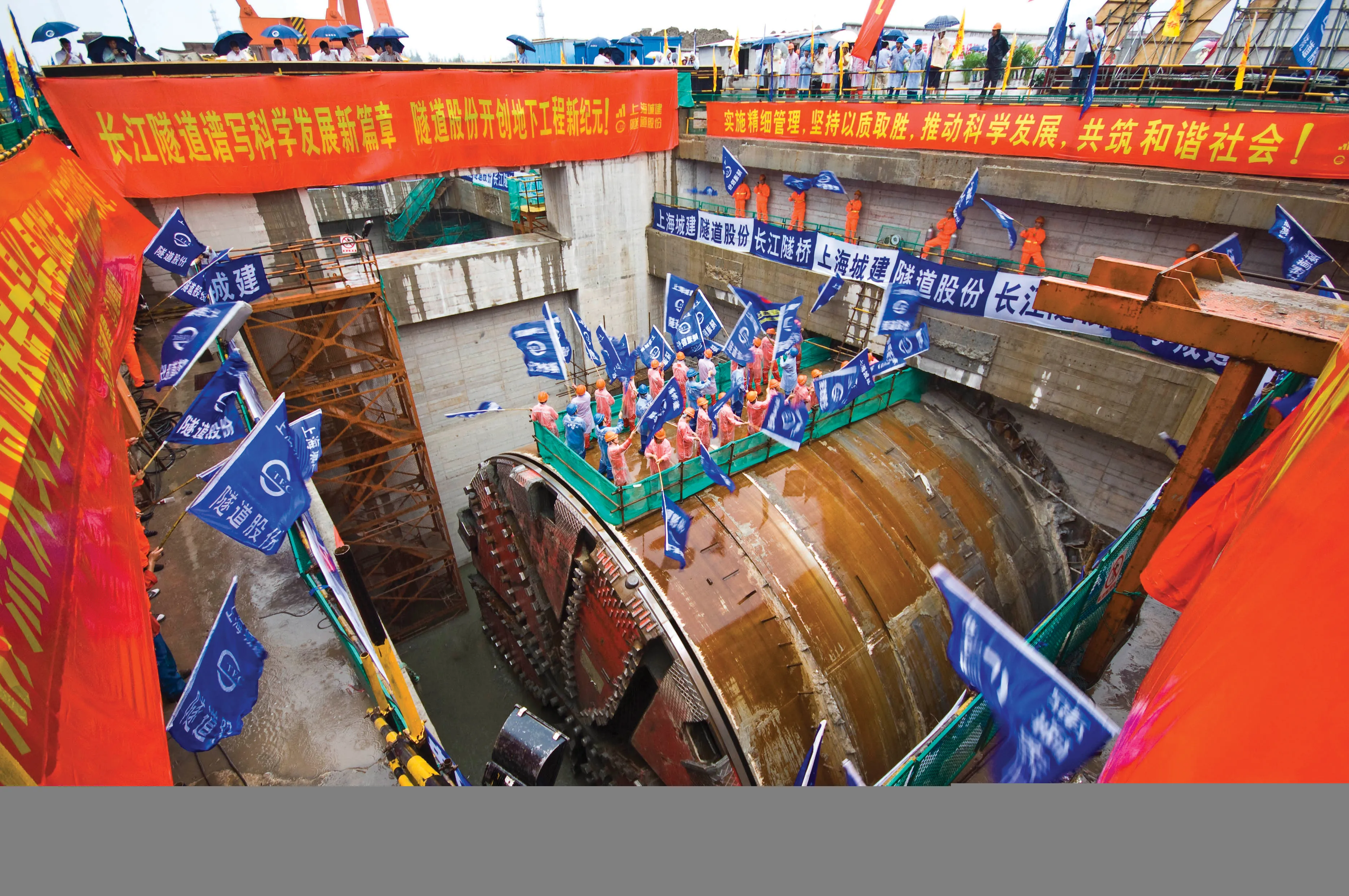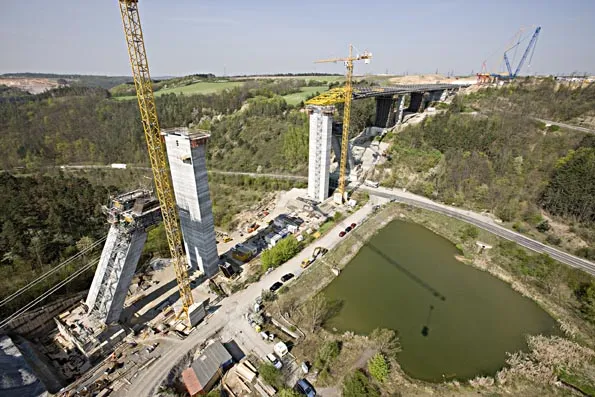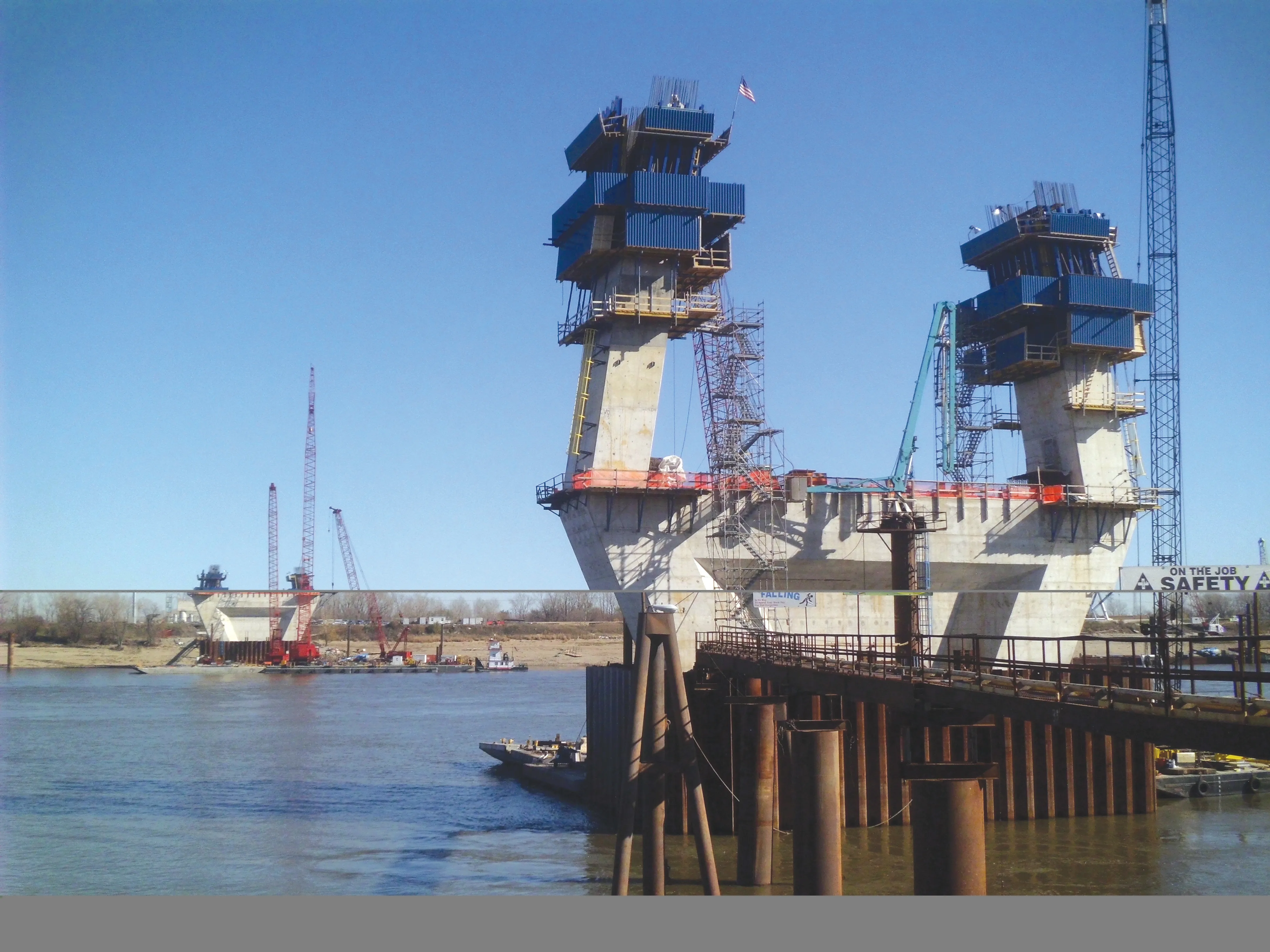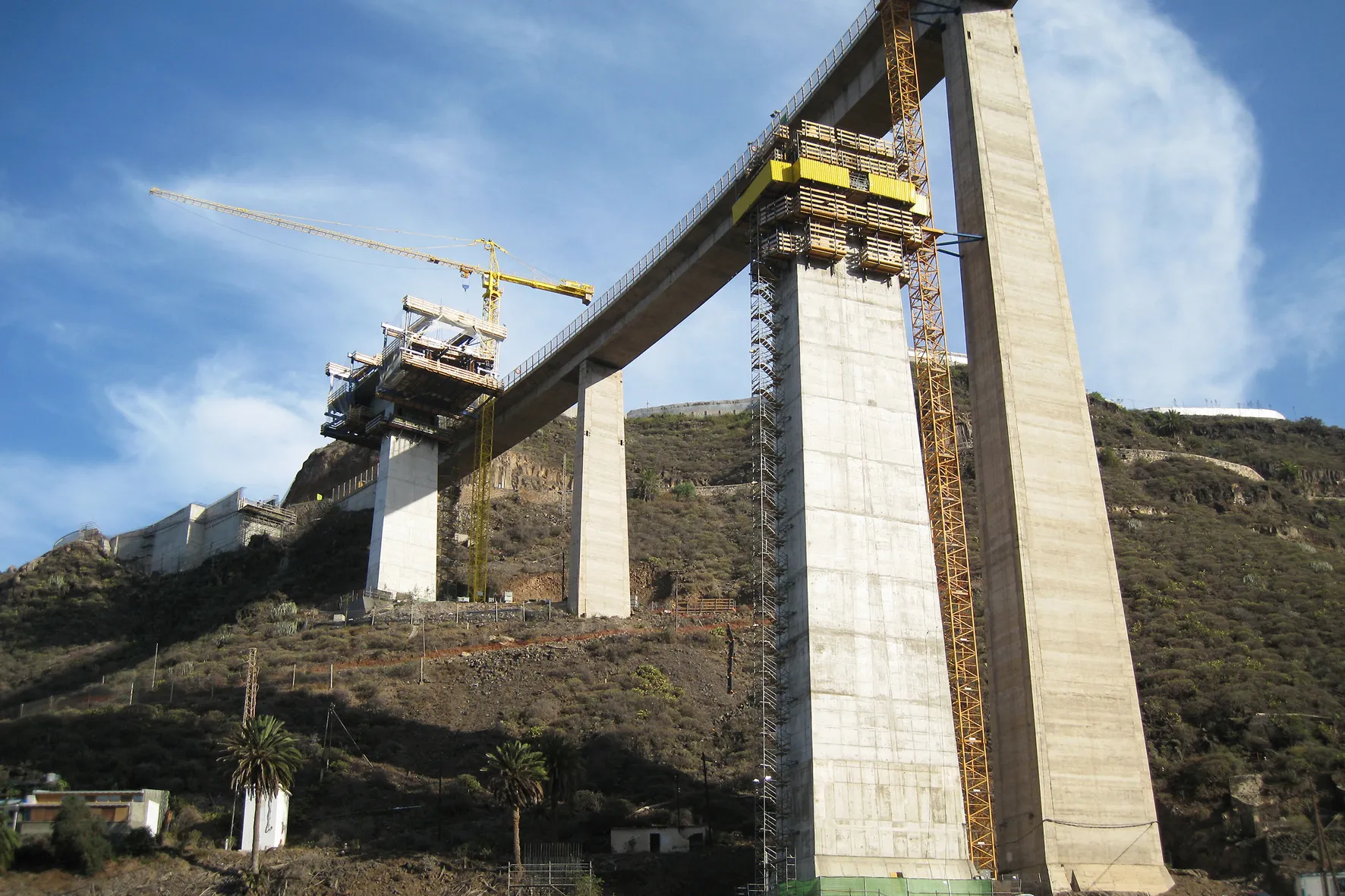Doka is playing a leading role in Denmark’s first ever public private partnership roadbuilding project. The 26km long, four-lane M51, 15km from the German border, will link Kliplev and Sønderborg in southern Jutland. And Doka will be the sole provider offormwork for the concrete used in erecting the motorway’s 72 bridges and crossings. The M51 is using 9000m² of the extremely adaptable Large-area formwork Top 50, and more than 4,750 basic frames of the heavyduty Load-bearing tower Staxo 100 system.
April 20, 2012
Read time: 2 mins
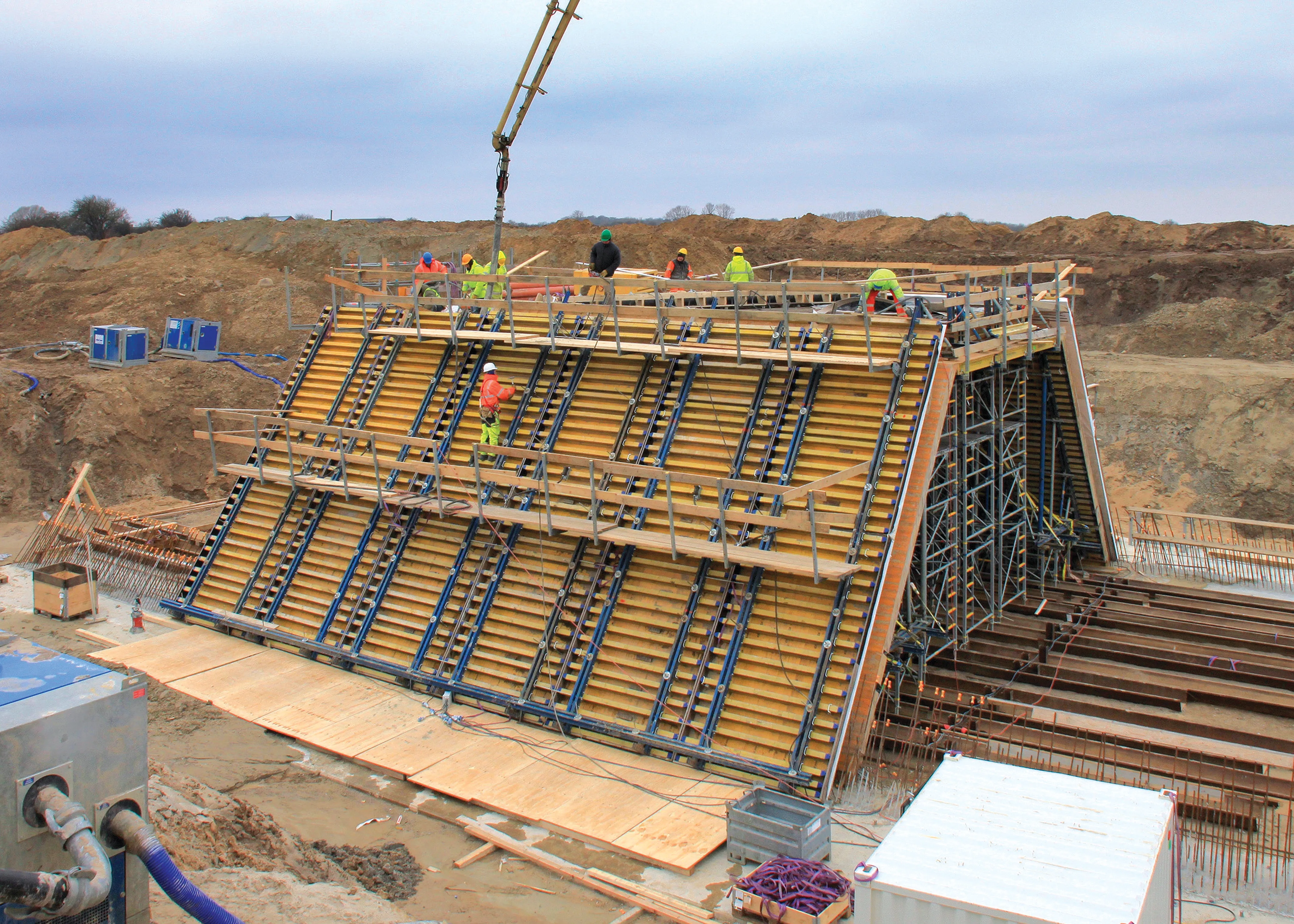
The 26km long, four-lane M51, 15km from the German border, will link Kliplev and Sønderborg in southern Jutland.
And Doka will be the sole provider offormwork for the concrete used in erecting the motorway’s 72 bridges and crossings.
The M51 is using 9000m² of the extremely adaptable Large-area formwork Top 50, and more than 4,750 basic frames of the heavyduty Load-bearing tower Staxo 100 system.
The conventionally reinforced bridge structures are being cast in section lengths of around 13m, with their up to 70cm thick carriageway decks being shored by the extrahigh- capacity Load-bearing tower Staxo 100. The bottom of the inside formwork closes onto a 20cm high springer which makes it possible to lower the entire inside formwork by 10cm. Due to its generous stripping relief, it takes only six men under 20 hours to winch the whole 350m² unit into the next section, on sheet-wall profiles that slide inside each other, and set it up there again. This translates into a forming-time of only 0.34h/m². Four complete sets of formwork are needed for this, totalling 2,500m² in area.
On the pre-stressed structures, the concept provides for the concreting to be carried out in uninterrupted pours. Four sets of formwork are being used for this, with a combined area of 6,600m². The deck-slab formwork elements on the M51’s biggest bridges are being shored with more than 5,700m³ of Staxo 100. The wing walls, and the cantilevers on the wing walls, are then cast in a further pouring cycle.


